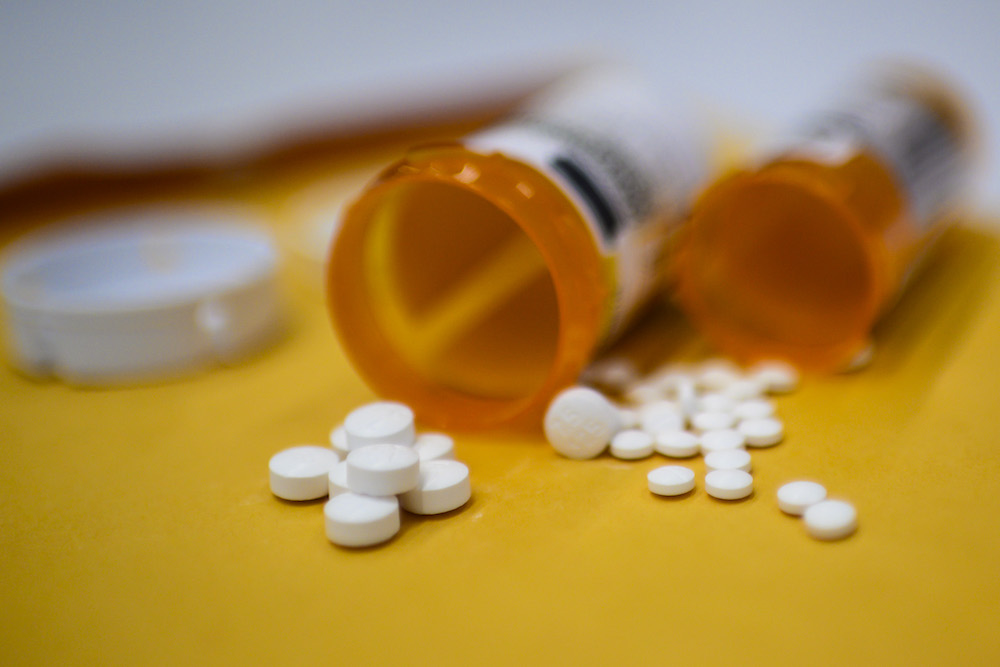
05 Feb Funding Alert! Grants to Prevent Prescription Drug/Opioid Overdose-Related Deaths
Substance Abuse and Mental Health Services Administration (SAMHSA)
Does your public agency work to prevent substance abuse in high-risk communities? SAMHSA’s Center for Substance Abuse Treatment (CSAT) is now accepting applications for its 2021 Grants to Prevent Prescription Drug/Opioid Overdose-Related Deaths (PDO) program. The PDO program aims to reduce the number of prescription drug/opioid overdose-related deaths and adverse events among individuals 18 years of age and older by training key community sectors and implementing prevention strategies, such as purchasing and distributing naloxone to first responders. Proposals for this program are due March 1, 2021.
Who is eligible to apply?
Eligible applicants are agencies within states, including the District of Columbia, U.S. territories, Pacific jurisdictions, and the Red Lake Band of the Chippewa that manage the 20% prevention set-aside of the Substance Abuse Prevention and Treatment Block Grant (SABG) and have completed a comprehensive substance abuse prevention strategic plan. Note that all applicants must register with the National Institutes of Health’s eRA Commons in order to submit an application, a process which can take up to six weeks.
What do PDO programs look like?
PDO applicants must indicate the total number of unduplicated individuals who will be trained during each year of the grant (with a maximum five-year project period). Proposed programs must include the following activities:
- Conduct a needs assessment of the prescription drug/opioid overdose problem in the state to identify the populations and communities of highest need;
- Identify entities serving the high-need populations and communities, such as substance abuse treatment providers, emergency medical services, healthcare providers, etc.;
- Use SAMHSA’s Opioid Overdose Prevention Toolkit to develop a comprehensive prevention program, including referral and care management procedures;
- Develop and disseminate a naloxone distribution plan and purchase naloxone for first responders, if necessary;
- Identify and train community-based substance abuse treatment providers, other organizations, first responders, and others on overdose death prevention strategies;
- Educate and work with individuals who use opioids and their families on the dangers of overdose and how to recognize and respond appropriately to overdose; and
- Form a PDO Advisory Council with local leaders and agencies engaged in these efforts.
Awardees may choose to pursue additional activities, such as collaborating with healthcare providers and pharmacies or educating the public on “Good Samaritan” laws. The Funding Opportunity Announcement (FOA) includes the full list of required and allowable activities on pages 7-10.
The funder expects to award thirteen grants of up to $850,000 per year for up to five years.
What makes a project a good fit?
As applicants select the high-need communities their project will serve, they should be able to describe the target population as one of the following:
- A specific geographic area;
- A specifically defined population based on a culture, tribe, ethnicity, language, occupation, gender, or other specific identity within a geographic area; or
- A specific population defined by a school, military base, campus, or other institutional setting where the population has or is at risk of having a higher than average prevalence of prescription drug/opioid misuse, overdoses, deaths, or other related adverse events.
In addition, SAMHSA encourages recipients to consider prioritizing active-duty military service members, returning veterans, and military families in designing and developing their programs, including a focus on the behavioral health needs of these populations.
What if I am ready to apply? To move your project forward, take the following action steps as soon as possible:
- Review the full FOA for additional details and project activities.
- If your organization has never submitted a SAMHSA grant, you can find more information and watch training webinars about the application and submission process on the agency’s applicant resource page.
- Begin the process of registering your organization with eRA Commons.
- Make sure your System for Award Management (SAM) registration is active and be sure you have agov profile. You can check your SAM status here: https://www.sam.gov/SAM/pages/public/searchRecords/search.jsf.
What if I need help with this application?
Contact Assel Grant Services (AGS) today! Our team can help with all aspects of preparing the application and managing the grant if you are awarded. If you would like to discuss this possibility, please contact AGS as soon as possible. Rosie Brennan, Community Engagement Specialist, will be happy to talk with you about this opportunity and provide you a quote for grant services.
What if I am not ready to apply this year?
Start preparing for next year! SAMHSA also has a variety of other programs and funding opportunities available that might be a good fit. The office’s website has ample resources, webinars, and descriptions of available or upcoming opportunities.
How do I learn more about federal grant opportunities?
AGS is excited to offer a new Federal Grants Training Series coming in 2021! The series is designed to support nonprofit professionals before and during their first federal grant. AGS also offers several on demand webinars on a variety of topics to support the full grant cycle. Check out our website to learn more and sign up for our training newsletter.
AGS blogs, funding alerts, and trainings are aligned with the Grant Professional Certification Institute’s Competencies and Skills
Competency #1: Knowledge of how to research, identify, and match funding resources to meet specific needs
Skill 1.2: Identify major trends in public funding and public policy
Skill 1.6: Identify fundable programs and projects for specific organization
Skill 1.7: Determine best matches between funders and specific programs
